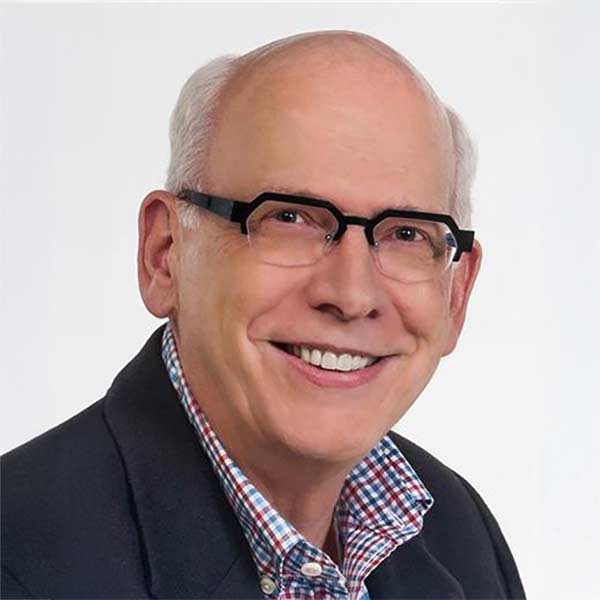Laurence Kotlikoff, PhD, professor of economics at Boston University, has asked a very important question. Are Americans saving too much? Of course, he also asked the corollary of that question. Are Americans saving too little? The answer: yes, and yes.
Millions of us are saving too little, and millions of us are saving too much. The trick is properly figuring out in which camp we have pitched our tent while there is still time to move if we need to. The answer depends in part on the kind of financial planning that we have undertaken. You see, deciding how much to save is incredibly complex. Kotlikoff claims that almost everyone is getting it wrong.
Some websites, and even a few experienced financial planners, would have us believe that developing a financial plan can be boiled down to a few inputs and some simple time-value calculations. In fact, the calculators on some of the nation’s leading mutual fund providers’ websites use five or fewer questions to recommend how much you should save or the amount of insurance you should buy. This is tantamount to a 15 second history and physical for a new patient. We’re afraid that too many companies recommend high-yield, high-risk, and high-cost investments because it’s in their best interest, and not that of their clients.
Popular rules of thumb are often used that indicate 75–85% income replacement rates are appropriate. Thorough economic studies suggest that this may be much too high for most households. There is, quite literally, an incredible panoply of variables to consider when casting a valid financial plan. The sidebar lists some of those that we believe are important for every person to consider.
So, what’s the danger in following the recommendations of the computer-generated financial plan? For starters, you can squander your youth rather than your money. You can spend far too little when you’re young and die at 66. You can buy too much life insurance and outlive it. Or, you can be cajoled to invest in risky assets and lose your shirt.
Kotlikoff and his colleagues at BU suggest that there’s a better way. They build upon the 1930 work of Yale’s Irving Fisher and the lifecycle model of MIT’s Franco Modigliani. It’s called consumption smoothing and is the economics approach to financial planning. With skilled minds, modern computer technology and dynamic programming, the chicken and egg problems usually associated with financial planning can be solved. Most planning calculators began by asking the user to specify how much they would like to have to spend in retirement. For most of us this is nothing more than a pure guess. Economics and a better theory lead us to the right target.
Setting your own targets probably results in consumption disruption, says Kotlikoff. Target to spend too little and you will under-save and under-insure; target to spend too much in retirement and you will over-save and over-insure. Even very small targeting mistakes, when compounded, can lead to major disruptions in living standard.
Think for a minute about why the income replacement rate methodology might be flawed. It assumes that there is some high degree of correlation between pre- and post-retirement spending. It totally ignores demographics. It usually assumes no spend down of wealth. It further assumes that the current savings rate is optimal and fixed, or simply adjusted for inflation. And it confuses spending with living standard.

So what kinds of questions can the economics approach begin to answer? Properly understood, economics can smooth and protect your consumption, raise your living standard, and price your passions. It can inform your choice of a career or particular job. It can help you decide to invest in more education, or not. It can help you choose to accelerate or refinance a mortgage. It can help you decide what types of retirement accounts are appropriate for you and the amount of annual contributions that you need to make to the plan. It can help you calculate and time your retirement account withdrawals. It can address when to begin taking Social Security, and it can certainly give assurance that you have chosen the right date to retire. It can even inform the decision to have another child, or the benefit of getting married (or divorced, for that matter). It can price the decision to buy an airplane (or some other expensive mode of transportation), as well as whether to move to a sunnier climate.
Certainly, this is what financial planning has promised for so long. Simplistic answers to such complex questions are not the solution, however. Just as new medical technology can enhance your ability to practice medicine, new financial research and technologies bring us as financial planners into the 21st-century. I’m old enough to remember when the computing power to do sophisticated modeling could only be housed in a mainframe and extracted by punching cards, but I’m not so old that I can’t keep up with the times. Thanks to Kotlikoff and his colleagues, 21st century technology is accessible.
Scott Neal is the president of D. Scott Neal, Inc., a fee-only financial planning firm with offices in Lexington and Louisville. Reach him at 800.344.9098 or via email scott@dsneal.com





